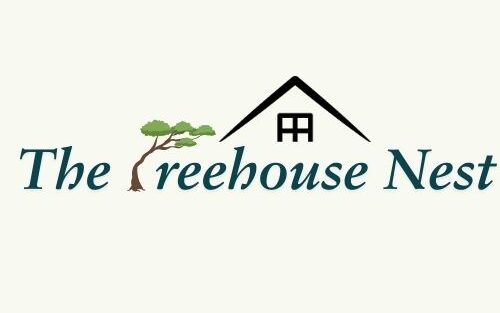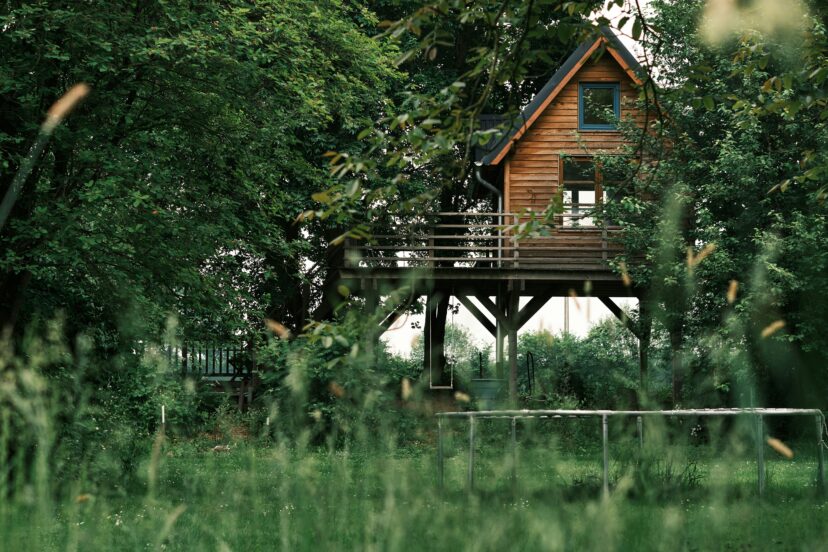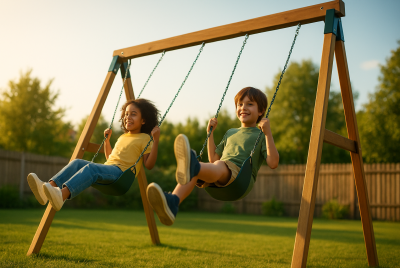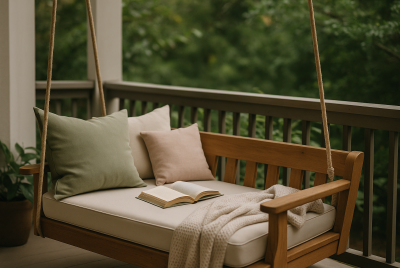Tree House Plans for Every Dream: Start Building Today
We may earn a commission for purchases made using our links. Please see our disclosure to learn more.
Have you ever envisioned a comfortable little hiding place tucked away among the branches of a tree while gazing up at them? You’re not by yourself. Tree house designs are more well-liked than ever, not just by children but also by adults who want a little nostalgia or a quiet getaway. We can help you turn your ideas into reality, whether you’re dreaming of an opulent treetop getaway or organizing a do-it-yourself weekend project.
Why Tree Houses Are More Than Just Childhood Fun
Backyard forts are no longer the only types of tree houses. These days, they might be used as creative studios, guest rooms, reading nooks, or even full-time residences. They provide an off-grid lifestyle choice for minimalists. They turn into machines that create memories for families. And for those who enjoy the outdoors? They’re the ideal method to maintain your connection to nature without ever leaving your house.
From boosting creativity in kids to offering grown-ups a digital detox zone, building a tree house delivers lasting benefits.
How to Choose the Right Tree for Your Tree House
Before you even sketch your first draft, you’ll need to choose your foundation: the tree itself. Look for a tree that’s:
- Healthy and mature (at least 12 inches in diameter)
- Deep-rooted with a solid trunk
- Species like oak, maple, beech, or fir (they’re strong and long-living)
Avoid trees with visible disease, insect damage, or a shallow root system. And remember—your entire structure will depend on this living support, so take your time evaluating it.

Tree House Plans for Different Styles and Budgets
Basic Platform Tree House
Perfect for beginners or budget builders, this plan focuses on a simple platform with a ladder and railing. It’s easy to assemble with basic tools and is great for kids or weekend lounging.
Pros:
- Low cost
- Fast build time
- Minimal tree impact
Cons:
- Limited protection from weather
- Not ideal for sleeping or long stays
Enclosed Family Tree House
This mid-range plan includes walls, windows, and a roof. It’s a great project for families who want a more secure and functional space—perfect for sleepovers or a creative workspace.
Pros:
- Year-round use
- More privacy and safety
Cons:
- Requires more materials and time
- May need permits depending on your area
Luxury Tree House Getaways
For those who want the ultimate treetop retreat, luxury tree houses can include plumbing, electricity, and insulation. Think AirBnB rental or a glamping-style second home.
Pros:
- Fully livable space
- Stunning designs and high resale appeal
Cons:
- High cost
- Professional assistance often required
Must-Have Features for Safety and Comfort
Tree house safety is essential—especially if kids are involved. Here are key features to include:
- Sturdy railings (at least 36 inches high)
- Non-slip ladder or staircase
- Anchoring systems that won’t damage the tree
- Roofing and insulation for weather protection
- Proper ventilation and lighting for enclosed spaces
Pro Tip: Add a pulley system for easy delivery of snacks and supplies from the ground!
Tools and Materials You’ll Need to Get Started
Whether you’re using pre-drawn tree house plans or creating your own, your toolkit will likely include:
- Hammer
- Drill
- Level
- Circular saw
- Screws, bolts, and lag screws
- Treated lumber or cedar (resists rot and insects)
- Safety gear: gloves, goggles, and harnesses if working high up
Want a pro tip? Invest in galvanized or stainless steel fasteners—they’ll resist rust and last far longer than cheaper options.
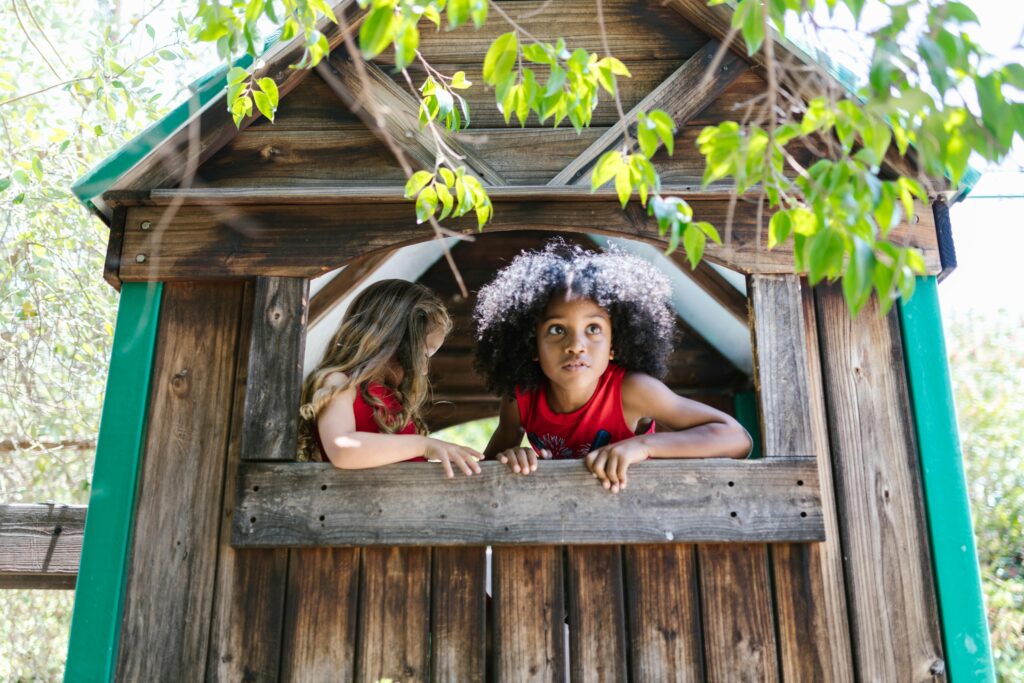
Where to Find Tree House Plans (Free and Paid Options)
You don’t need to start from scratch. Plenty of sites offer tree house plans suitable for every skill level and price point. Here are a few trusted options:
- TheTreehouseGuide.com – Free resources and tutorials
- TreehouseSupplies.com – Plans plus tools and materials
- Ana-White.com – Free DIY building plans with diagrams
- Instructables.com – Community-submitted builds
For advanced plans, consider purchasing blueprints from licensed architects specializing in treetop structures. Always read reviews and make sure your plan fits your tree and property setup.
Science-Backed Benefits of Building and Enjoying Tree Houses
While tree houses are often associated with childhood fun or rustic retreats, there’s real science backing their benefits—especially when it comes to mental and physical well-being. Studies show that simply being around trees, or spending time in nature-rich environments like a tree house, can make a significant impact on health and happiness.
One scoping review on urban trees and human health published in the International Journal of Environmental Research and Public Health found that exposure to forested areas improved mood, reduced stress, and enhanced cognitive function. People living near green spaces also showed brain structures more capable of managing psychological stress.
Another compelling report from Harvard T.H. Chan School of Public Health explores how trees support physical and emotional well-being. The study linked tree-filled environments to lower rates of depression, anxiety, and cardiovascular disease. It even suggested that tree exposure might extend life expectancy by promoting better air quality and encouraging outdoor activity.
So, the next time you’re sketching your dream tree house, remember—it’s more than a weekend project. It’s an investment in your well-being, backed by science.
Final Thoughts: Turning Your Tree House Vision Into Reality
Whether you’re building a simple perch or a full-blown backyard bungalow, a good set of tree house plans is the foundation for success. Start with the right tree, choose a plan that matches your budget and needs, and keep safety at the forefront.
Remember: The process can be just as rewarding as the finished result. Invite your family, partner, or friends into the build—and you’ll create something more than a structure. You’ll build memories.
FAQs About Tree House Plans
What is the best tree for a tree house?
Sturdy hardwoods like oak, maple, or beech are best due to their strength, longevity, and deep roots.
Does building a tree home require a permit?
In many places, yes—especially for larger or enclosed structures. Check with your local zoning office before you build.
What is the price of building a tree house?
Basic platforms may cost as little as $300, while high-end builds with amenities can run $20,000 or more.
Is it possible to construct a tree home without damaging the tree?
Yes. Use non-invasive anchors, avoid cutting the main trunk, and consult an arborist if needed.
Are tree houses safe for kids and adults?
Absolutely—when built correctly. Use strong railings, secure ladders, and weatherproof materials to ensure a safe, enjoyable space.
